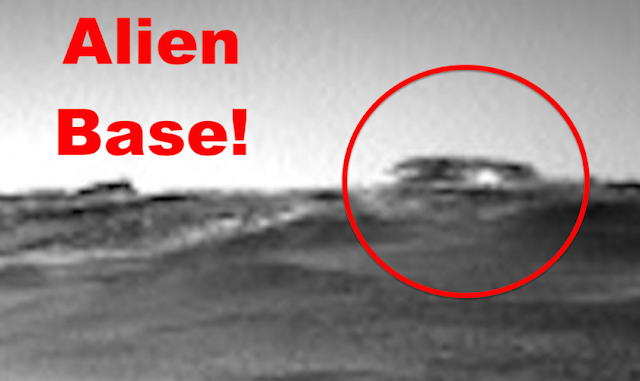
Working with the Jet Propulsion Laboratory and NASA’s Deep Space Network of Interplanetary Communications, SuperCam’s check-out commands are developed and sent from centers in Los Alamos and Toulouse, France. “The acoustic signal from our rock-vaporizing laser can tell us how hard a rock is or whether it has a coating on it, both of which give us even more information about what Mars rocks are made of and the environmental conditions they have experienced on the Martian surface.” “With the SuperCam microphone, we now have an opportunity to study Martian rocks and atmosphere in an entirely new way,” said Nina Lanza, planetary scientist and team lead for Space and Planetary Exploration at Los Alamos. This microphone can also record wind noise and sounds produced by the rover itself.

In addition to the four optical techniques, SuperCam has a scientific microphone that records the zapping sounds generated by the laser impact of LIBS on rocks up to a distance of about 12 feet, which in turn provides information about the rock’s physical properties. This Remote Micro-Imager (RMI) will provide among the highest resolution images from Perseverance. “The first images show the expected quality and resolution and indicate that the imager is in perfect working order,” said Wiens.

SuperCam is also equipped with a color camera that takes high-resolution images used to understand the geological context of targets and help interpret the chemical and mineral analyses. VISIR spectroscopy will also be used to study the constituents of the atmosphere. SuperCam covers the 1.3-2.6 micron range for the first time from Mars’ surface. This technique, which is already widely used in Mars orbit, makes it possible to describe the mineralogy of Martian rocks, in particular, their alteration in the presence of water to form clay minerals. Visible and near infrared reflectance (VISIR) spectrometry analyzes sunlight that is reflected from the rock targets. I am absolutely thrilled to be part of the team to collect the first Raman spectrum from the surface of Mars.” Being able to remotely measure both mineralogy and chemistry of the same sample location is very powerful. “For the first time, SuperCam can remotely determine sample mineralogy.

“Many research groups have spent more than 20 years developing Raman spectroscopy for planetary exploration,” said Sam Clegg, senior scientist at Los Alamos National Laboratory. It can also to detect certain organic molecules. SuperCam’s Raman spectroscopy technique uses a green laser beam to analyze rock mineralogy on Mars, making it possible to precisely characterize the molecular structure of minerals up to about 25 feet from the rover. “It’s too early to tell whether the Máaz target is an igneous (volcanic) rock, or is composed of fine-grained igneous sediments that were cemented together in a lake or stream.” “On Earth, basalts cover the ocean floors and characterize some continental lava flows,” said Wiens. The high-quality LIBS spectra show that the rock has a basaltic composition. The first SuperCam LIBS spectra were acquired on a target named Máaz, which means Mars in Navajo.

The energy burst from each five-nanosecond pulse creates a flash its optical spectrum (specific colors) reveals the elemental chemistry of targets up to about 25 feet away. SuperCam uses a focused infrared laser beam to remove dust and material from rock surfaces in a technique called Laser Induced Breakdown Spectroscopy (LIBS). Hailed by NASA as a “Swiss Army knife” of instruments, SuperCam brings together five remote techniques intended to study the geology of Mars and help select samples that will be collected by the mission. The data collected by the engineers and scientists at the controls of SuperCam provide a very positive assessment of its health and capabilities. The tests are part of an overall rover check-out phase that will last nearly three months.
NEWS ROVER DATA SERIES
Located at the top of the Perseverance rover’s mast, SuperCam is currently undergoing a series of tests designed to verify its systems’ operating status. “When we first dreamed up this instrument eight years ago, we worried that we were being way too ambitious. “It’s amazing to see SuperCam working so well on Mars,” said Roger Wiens, the lead scientist on SuperCam at Los Alamos. LOS ALAMOS, N.M., March 11, 2021-Following the successful landing of NASA's Perseverance rover in Jezero Crater on Mars, the SuperCam operational teams at Los Alamos National Laboratory and the French National Centre for Space Studies (CNES) received the first results showing that SuperCam is in good health and giving its first impressions of the crater.


 0 kommentar(er)
0 kommentar(er)
